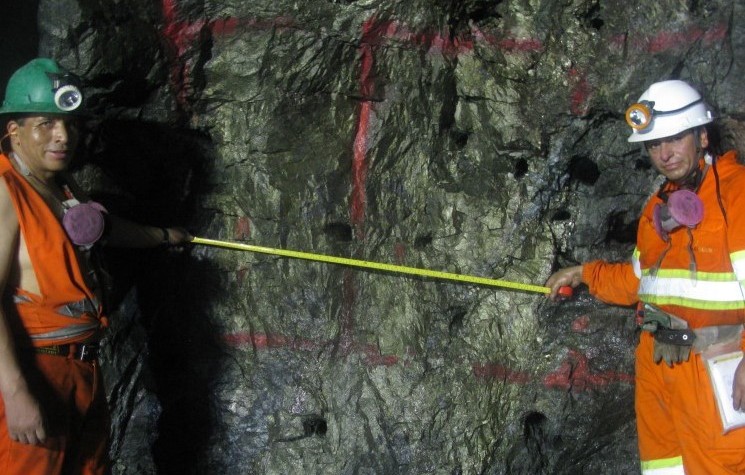Serabi Cranks Up The Production In Brazil Towards The 35,000 Ounce Mark

By Alastair Ford
All told, it was a nice set of numbers that Serabi Gold put out on the morning of 20th January. Yes, there was, in the end, a miss on the original production target of between 23,000 and 24,000 ounces of gold. But that wasn’t because the mining operations at the company’s Palito project in Brazil underperformed. Quite the contrary. The mining side delivered just as planned.
Rather, it was technical hitches with the processing that cut overall production in 2014 back to a still respectable 18,400 ounces. With those glitches cleared, during the final four months of the year the plant showed itself capable of producing at an annualised rate of 30,000 ounces.
And that in turn leads the company to predict that the shortfall last year will be made up this year.
But in the context of the wider Serabi story, there’s more to it than that.
“The mining itself has performed extremely well”, says finance director Clive Line. “I know that we have put a great deal of emphasis on that. But we’ve always had a concern that people ascribed the past performance of the company to the fact that the veins weren’t there and that it was running out at depth.”
He’s talking about a time some years ago when Serabi had to shut down operations at Palito because it was proving uneconomic. “It was purely down to the mining techniques”, says Clive. Nonetheless, some in the market appear to have been harbouring lingering doubts about whether Palito really is capable of delivering quality ore.
Those doubts have now been dispelled. “The fact that it has mined out 76,500 tonnes at getting on for 10 grams per tonne is a testament to the fact that it’ll be a good little operation”, says Clive. “And the fact that the plant has taken a while to catch up, I don’t see as a major issue.”
After all, Serabi is hardly the first company to be hit with teething troubles on start-up, and these ones weren’t exactly insurmountable.
The plan now is for the company to produce a total of 35,000 ounces next year at all-in sustaining costs of US$900 and US$950 per ounce. That figure comprises primarily production from Palito, but also includes a contribution from a new operation at Sao Chico.
“We hope to be looking to declare commercial production from Sao Chico towards the end of the second quarter”, says Clive. “On the ramp, there’s only so many blasts you can do per day. But now that we’ve reached the main vein we can start developing the vein and as we start to move forward, open up new faces.”
And it may yet turn out that production Sao Chico is actually better than the company has hitherto modelled, as the suspicion now is that tonnages and grades might exceed expectations.
Be that as it may, the picture now presented by Serabi is one of relative health. The next set of financials will come out at the end of March, so we’ll know more then. But with the gold price creeping back up towards US$1,300 that all-in cost of US$900 looks very nice indeed.
It’d be a different picture, of course, had the company not taken the decision a couple of years ago to turn aside from big game hunting in the Tapajos district to focus instead on small scale production.
“Where would be today?” says Clive. “I don’t think we’d be sitting as comfortably as we are – I use the word ‘comfortably’ in a relative sense.”
It’s hard work, but the company is alive and kicking in a sector where pure play explorationists have struggled to survive.
So what will happen next? It may be that Serabi’s major shareholders, which include influential family offices, will start calling for a dividend. That wouldn’t be surprising.
Clive doesn’t rule that out. But he’s clear that the prime objective remains growth. “I think Serabi still has to grow”, he says.
“And we continue to look at opportunities, whether it’s organic growth, like our drill programme at Sao Chico, or other growth. If Serabi is going to realise its potential it has still got to take another step change. We’ll be looking to utilise our production base to give us more leverage and get us close to a production figure that makes us more sustainable.”
Watch this space.
Comments (0)